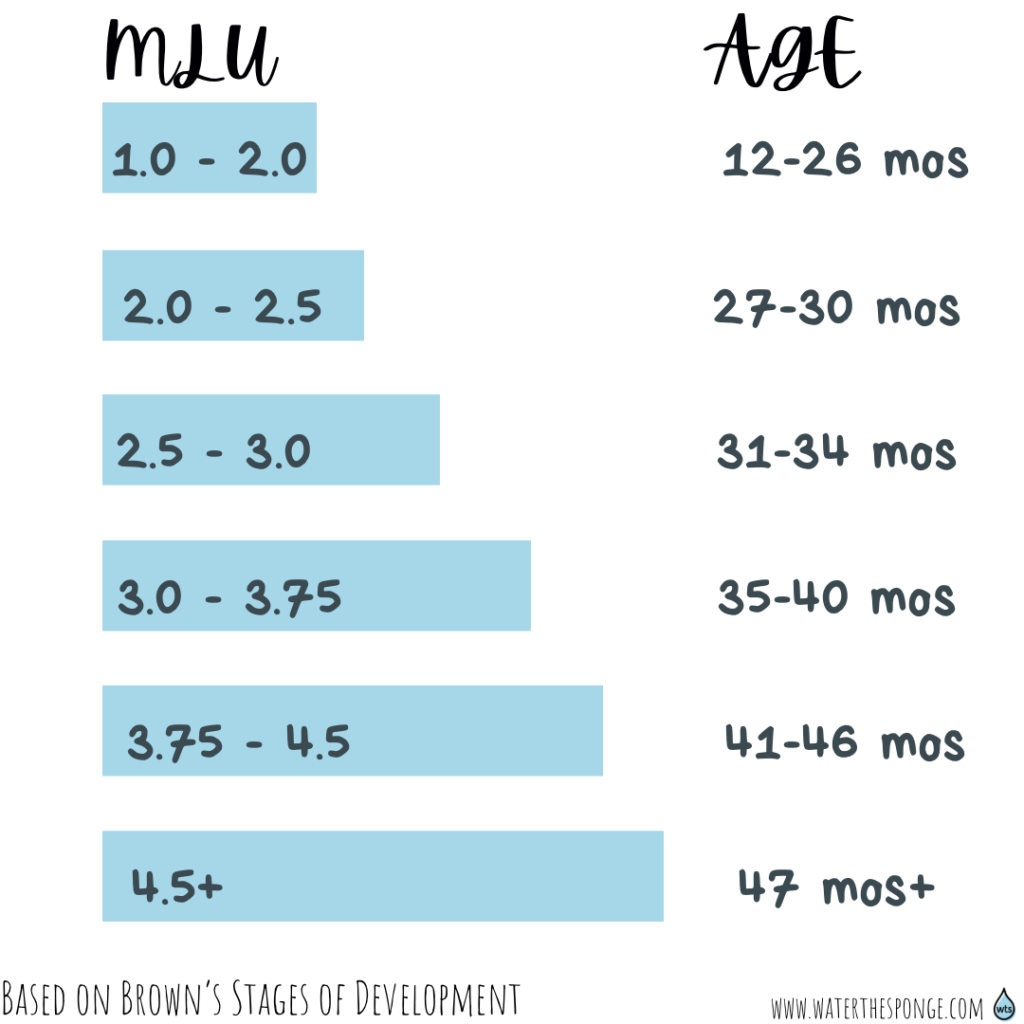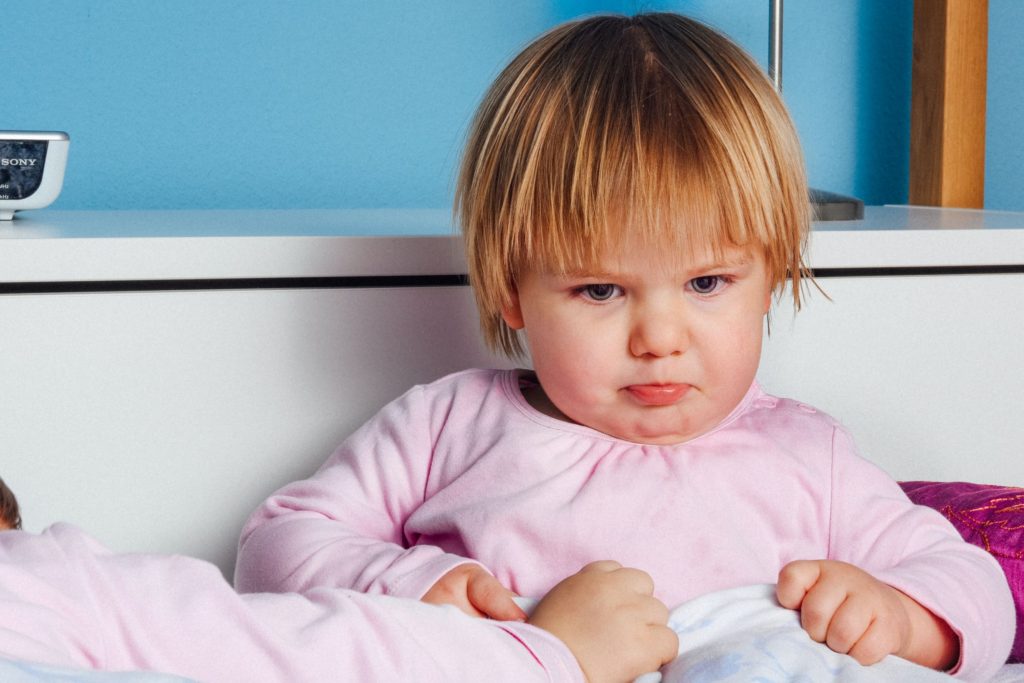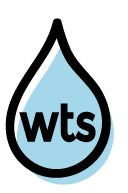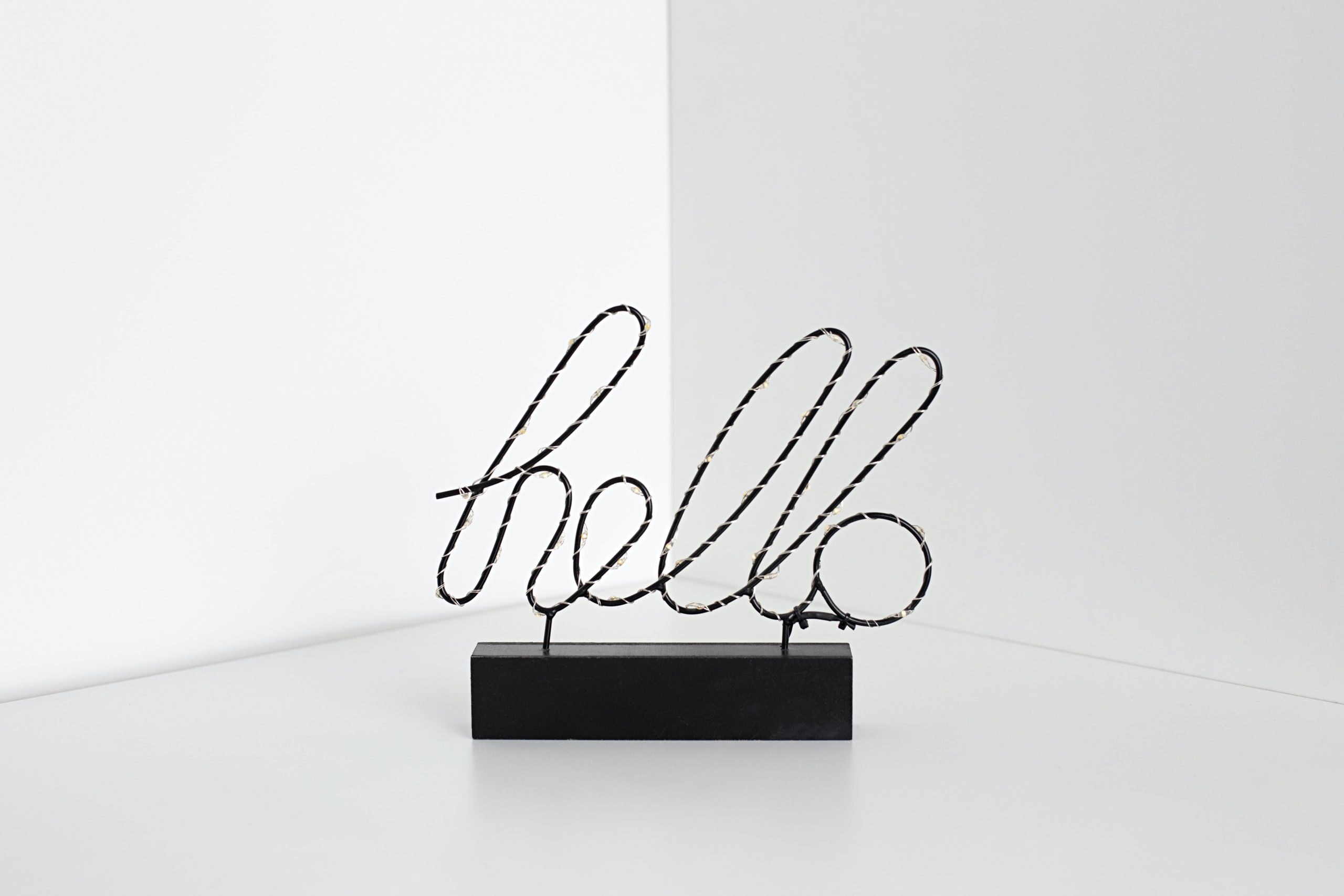As a parent, you probably waited on pins and needles for your child to say his or her first word! Then one day, ta-da! Out came his first word, “cheese” (our oldest) and “go” (our youngest). And, let me tell you, our oldest loves his cheese, and our youngest loves to go!
A majority of the time, kids learn how to speak single words and then progress to short phrases consisting of 1-3 words before finally crafting sentences.
Some of the time, children sit and observe and then start speaking in long phrases or sentences! This is extremely rare and I am going to assume that you are trying to get your child to speak more than one word at a time since you’re here.
When Should My Child Use More Than One Word?
Before we get into the meat and potatoes of how to get your child to use more than one word at a time, let’s discuss when your child should start stringing words together. This post discusses the length of your toddler’s sentence – be sure to check it out!
Check out this graphic below that talks about the mean length of utterance (MLU).

What is Your Child Saying?
Spend the next few days or week writing down all of the words that your child says. The words might be a mixture of nouns, animal sounds, verbs, prepositions, and gestures.
A word is anything that your child says consistently to represent an object or idea. The word does not have to be pronounced perfectly.
Note that a gesture that is used consistently to represent the same object or idea counts as a word as well, so be sure to record all gestures/signs that your child makes as well!
As a quick example of a spoken word that is mispronounced, my youngest son deletes all of his final consonants right now. He says, “cu” for “cut.” I know that when he says “cu” that he is making a request for me to cut his food. Even though he is not saying the word correctly, this still counts as a word in his repertoire.
In regards to gestures, my oldest used to do an approximation for the sign “all done.” It was not perfect, but I knew that every time he used that gesture, he meant that he was “all done.”

Create a Word List
Once you have taken note of all of the words that your child says, try your best to organize it by category. Again, you can break it into nouns, verbs, sound effects, prepositions, gestures, adjectives, and more!
Below is an incomplete sample from my 20-month-old:
| Noun | Animal Sound | Verb | Preposition |
|---|---|---|---|
| Mama | Moo | Go | I (in) |
| Dada | Baa | Du (done) | Ou (out) |
| Bubba (brother) | Neigh | Tu (turn) | O (on) |
| Bubu (bubbles) | Bu (buck/chicken noise) | Dow (down) | |
| Co (coat) | Ooaa (roar) | U (up) | |
| Paw | |||
| Toe | |||
| Ha (hat) | |||
| Ba (bagel) |
As you can see, my youngest child primarily uses nouns, some animal sounds and verbs, and a couple of prepositions. Since he’s approaching his second birthday in a couple of months, I’ve started using his vocabulary to get him to string together two-word phrases!
What Do You Want Your Child to Say?
One strategy is to think about what makes your child most frustrated. When does he or she meltdown? If you provide your child with a two-word phrase instead of just a single-word utterance, will that help decrease his or her level of frustration?

Oftentimes when my littlest wakes up, he tells me enthusiastically, “Go!” The word “go” can mean many things and while I know my child, others might think “Go where?” I know that he wants to go outside, so the word combination“go out” would be useful for him.
Thinking about how to solve frustration is just one approach – you can also think about practical combinations as well, or ones that would be easy to say. Feel free to get creative here!
Create a Two-Word List
Review your list of words that your child can say and create two-word combinations based on the list.
Here is an example of a two-word combination list based on my little one’s single-word list:
| Two-Word Combination Target | Expected Production |
|---|---|
| Up Mama | “U Mama” |
| Up Dada | “U Dada” |
| Go out | “Go ou” |
| Bubbles in | “Bubu i” |
| Done bubbles | “Du bubu” |
| Brother’s turn | “Bubba tu” |
| Done bagel | “Du ba” |
| Hat on | “Ha o” |
| Coat on | “Co o” |
Notice that the column on the left informs me what I want my child to say, and the column on the right tells me what I expect my child will say based on how he pronounces the single words. Learning to speak is all about baby steps!
Let’s Water the Sponge!
Now that you know how to create your very own word list curated for your little one, let’s put the list into practice! Here are a few fun activities that you can do at home to practice your word combinations!
- Bubbles: Grab your favorite bubbles and some various containers from around the house. See if your child can ask you to blow bubbles into the containers using the target phrase “bubbles in!” When you are all done with the activity have your toddler practice saying “Done bubbles!”
- Dress-up Dolls/Animals: Practice getting stuffed animals or dolls ready for the day. Pretend that the weather is cold outside (even better if it really is!) and have your child practice saying phrases such as, “hat on”, “coat on.” When the doll is dressed, pretend to have it “go out” and explore a little bit!
- “Blastoff” with your child: When you pick up your child and pretend to shoot him up in the air or spin around with him and he responds positively, you have set the scene so that he must request the action again. When you put him down on the ground, see if he can request the action again with “Up Dada” or “Up Mama” before you do it again!
Note: It’s okay if your child doesn’t produce any of the two-word phrases from your list when you play together. As long as your child is having fun with you, that is what matters the most! 🙂
Did you try any of the activities above? Did you create new activities based on what your child says? Let me know in the comments below!


